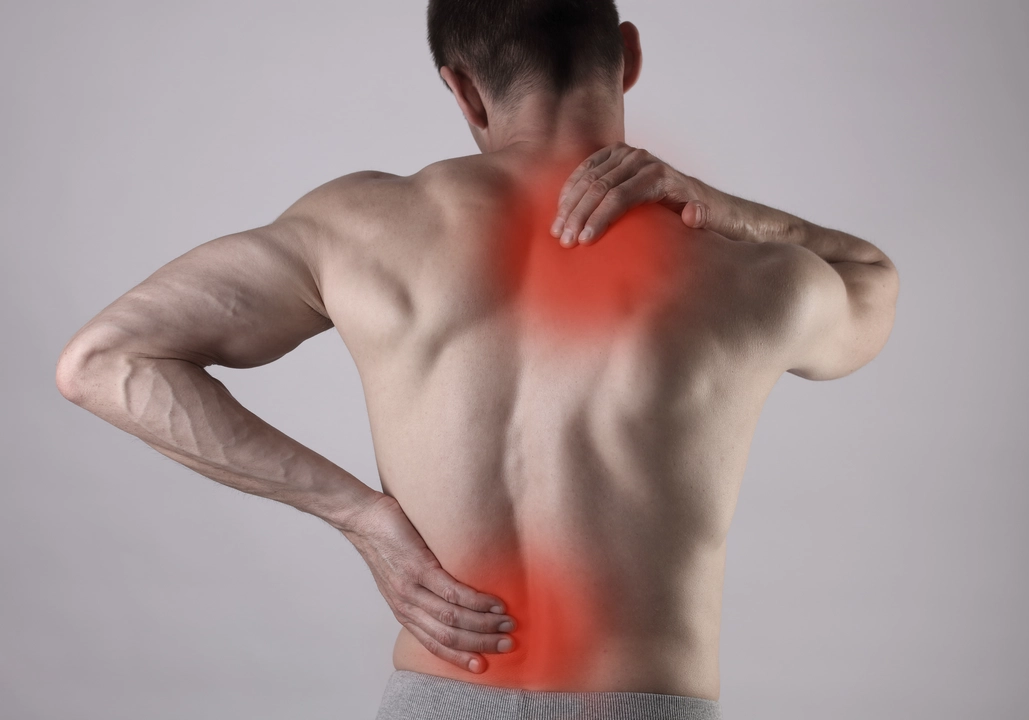Understanding Spastic Muscle States and Their Effects on Mobility
Spastic muscle states are a common occurrence in individuals with certain neurological conditions, such as cerebral palsy or multiple sclerosis. These states result in involuntary muscle contractions, which can cause stiffness, discomfort, and limit the range of motion. In this section, we'll delve deeper into the science behind spastic muscle states, examining their causes, symptoms, and how they can impact the mobility of those affected.
At the core of spastic muscle states lies an imbalance between the signals sent by the central nervous system to the muscles. This results in a disruption of the typical communication between the nerves and muscles, ultimately leading to involuntary contractions. As these contractions persist, they can make it difficult for individuals to move fluidly and comfortably, severely impacting their overall quality of life and independence.
Challenges Faced in Everyday Activities
For individuals living with spastic muscle states, everyday activities can be significantly more challenging. Tasks that many of us take for granted, such as walking, dressing, or even eating, can be difficult and time-consuming for those with spastic muscles. In this section, we'll explore some of the common challenges faced by individuals with spastic muscle states and how these issues can impact their ability to lead independent, fulfilling lives.
One of the most notable challenges faced by those with spastic muscle states is the issue of mobility. The involuntary contractions and stiffness caused by these conditions can make it difficult for individuals to move about freely and comfortably. This can lead to a reliance on mobility aids, such as wheelchairs or walkers, as well as assistance from caregivers. The need for these supports can greatly impact an individual's independence and self-esteem, as they may feel a constant reliance on others for help.
Physical Therapy and Exercise as Treatment Options
Although there is currently no cure for spastic muscle states, there are various treatment options available that can help manage symptoms and improve mobility. One such option is physical therapy, which can be an invaluable tool in helping individuals maintain and improve their range of motion, strength, and overall function. In this section, we'll discuss the role of physical therapy and exercise in the treatment of spastic muscle states, and how these methods can contribute to greater mobility and independence.
Physical therapists work with individuals to create personalized exercise programs that target their specific needs and goals. Through various stretching and strengthening exercises, individuals can work to improve their muscle flexibility and control, helping to reduce the severity of their spastic muscle symptoms. With consistent physical therapy and exercise, individuals with spastic muscle states may see improvements in their mobility and overall quality of life, allowing them to regain a sense of independence and control over their own bodies.
Assistive Devices and Adaptive Equipment for Improved Independence
In addition to physical therapy, there are numerous assistive devices and adaptive equipment options available that can help individuals with spastic muscle states maintain their independence and complete daily tasks with greater ease. These tools can be tailored to the unique needs of each individual and can make a significant difference in their overall quality of life. In this section, we'll explore some of the common assistive devices and adaptive equipment options available for individuals with spastic muscle states, and how these tools can contribute to greater independence.
From specialized utensils designed to make eating easier to mobility aids that provide support and stability, there is a wide range of assistive devices and adaptive equipment available for individuals with spastic muscle states. These tools can help to minimize the impact of spastic muscle symptoms on daily activities, allowing individuals to complete tasks more independently and with a greater sense of confidence. By incorporating these devices into their daily lives, individuals with spastic muscle states can take control of their own mobility and independence, improving their overall quality of life.
Emotional Support and Coping Strategies for Living with Spastic Muscle States
Living with a spastic muscle state can be incredibly challenging, both physically and emotionally. It's essential for individuals with these conditions to have access to the emotional support and coping strategies they need to navigate the ups and downs of life with spastic muscles. In this section, we'll explore the importance of emotional support and coping strategies for individuals with spastic muscle states, and how these resources can contribute to a greater sense of well-being and independence.
For many individuals with spastic muscle states, emotional support can come in the form of therapy, support groups, or simply connecting with others who share similar experiences. By discussing their feelings and challenges with others who understand, individuals can gain valuable insights and learn new strategies for coping with the emotional aspects of living with spastic muscles. With the right emotional support and coping strategies, individuals with spastic muscle states can continue to lead fulfilling, independent lives, despite the challenges they may face.






Thanks for putting together this overview. It’s helpful to see both the medical and daily‑life angles laid out. I’ve noticed that simple home‑stretch routines can actually make a noticeable difference, even if they’re just a few minutes a dae. Keep sharing the info, it really helps folks navigating spasticity.